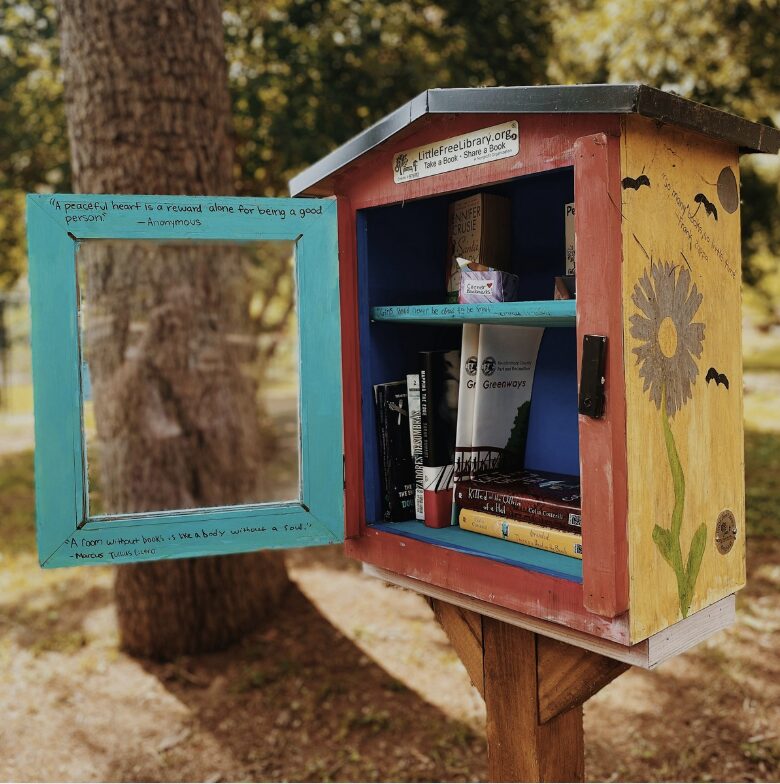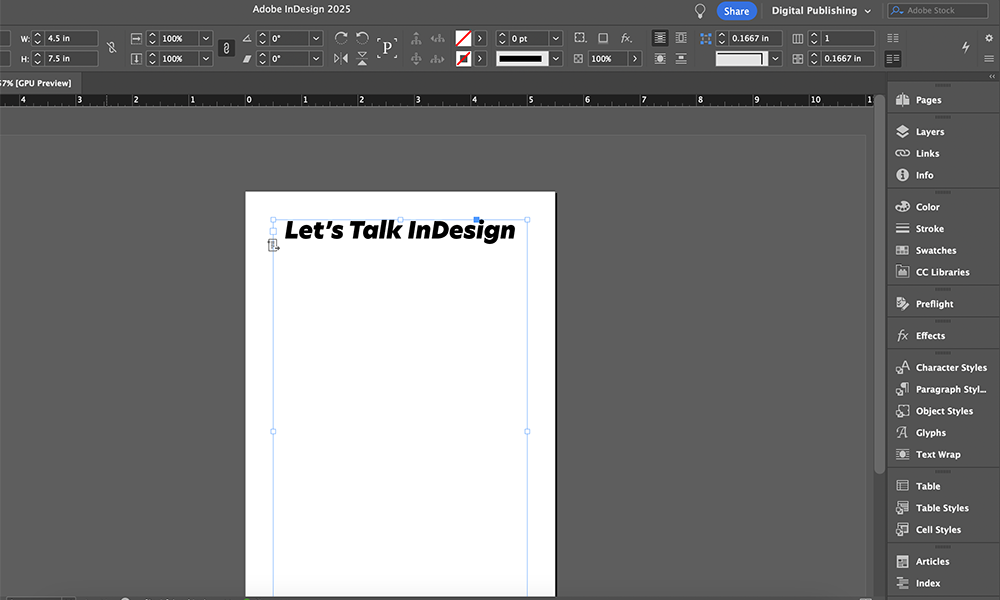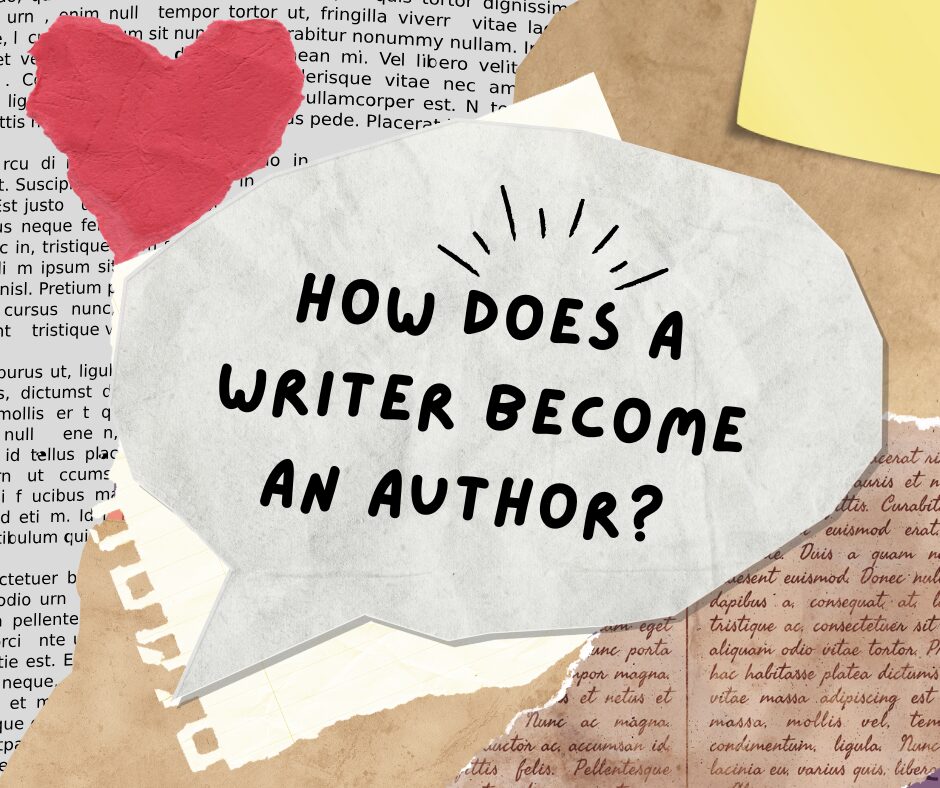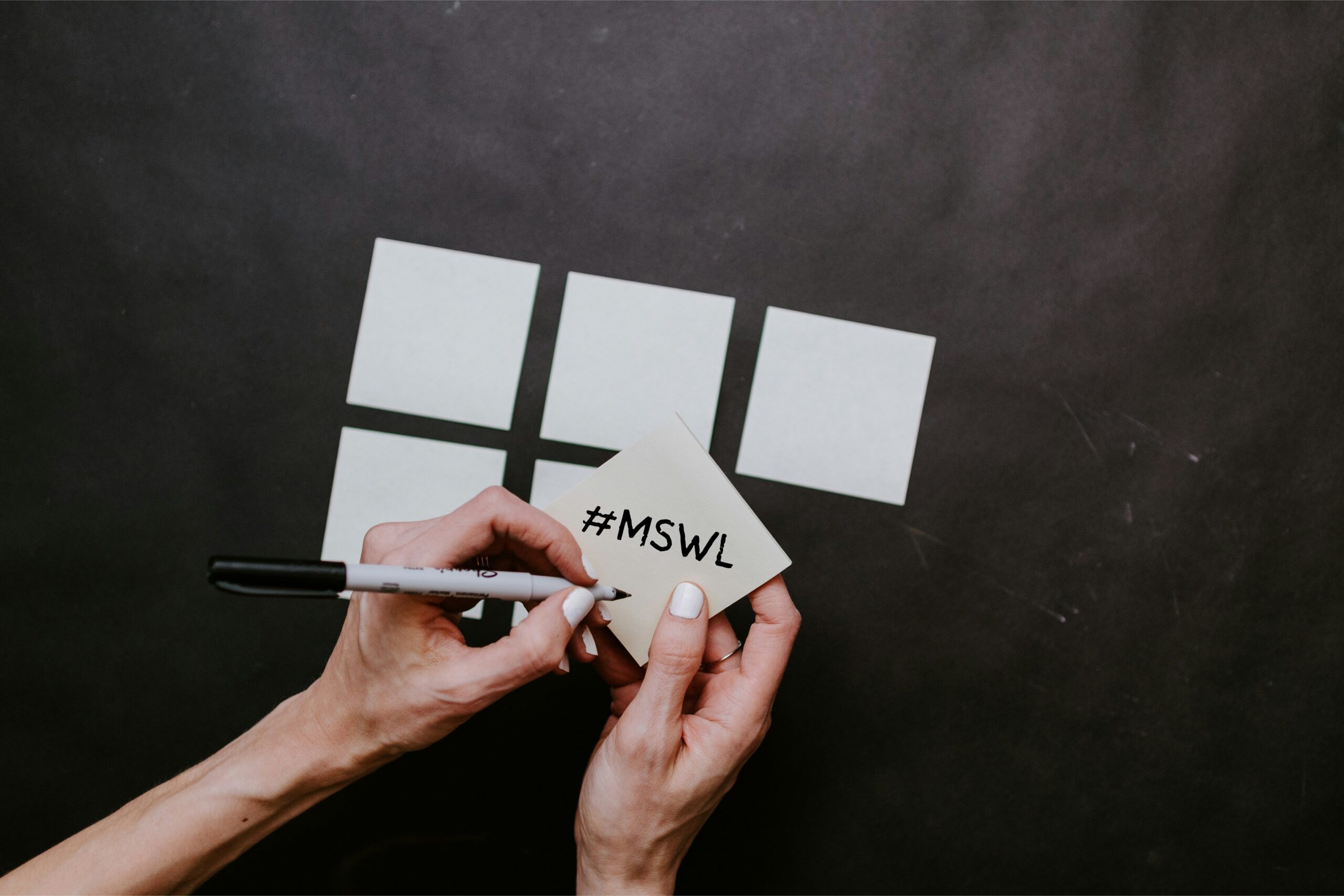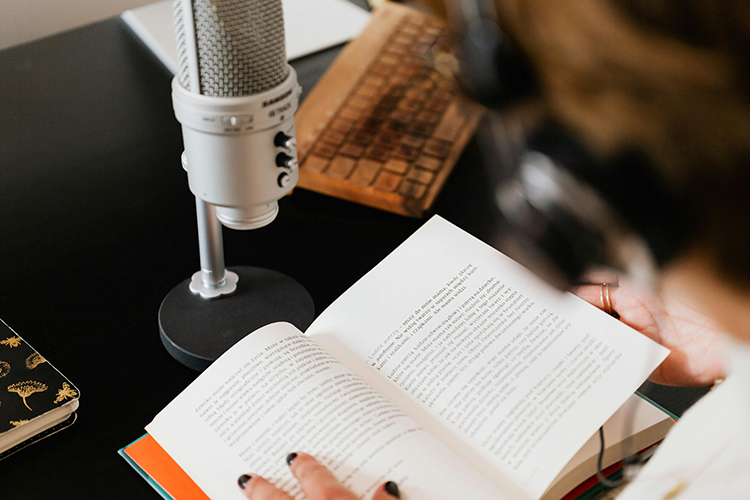What Are Subsidiary Rights?
Subsidiary rights are a vital aspect of modern publishing, offering significant benefits in terms of revenue, reach, and brand development. For authors and publishers, effectively managing these rights can lead to greater success and sustainability in the competitive world of books. Understanding and leveraging subsidiary rights can transform a single publication into a multifaceted product with global appeal.


